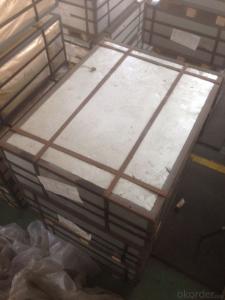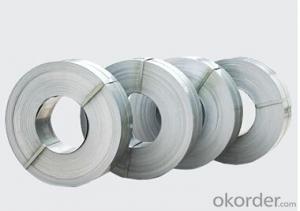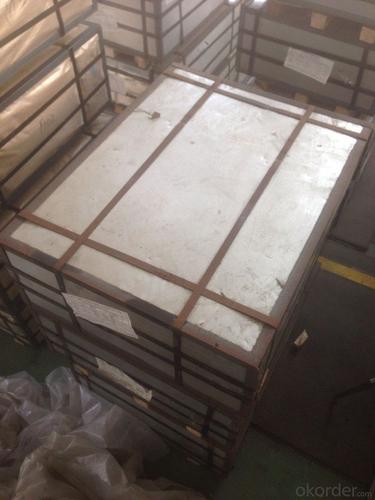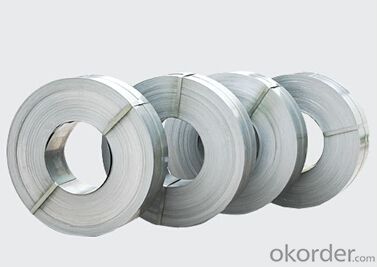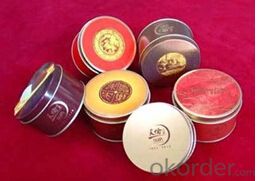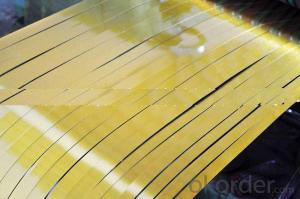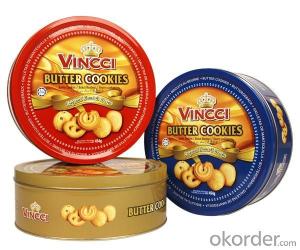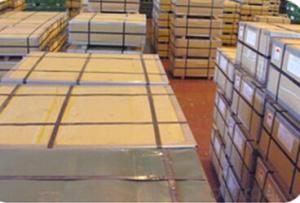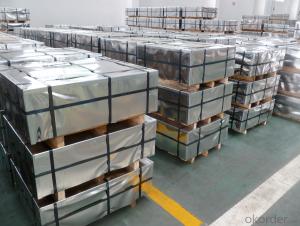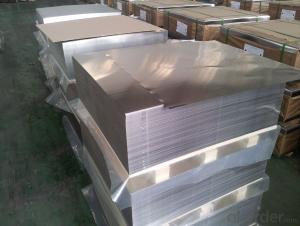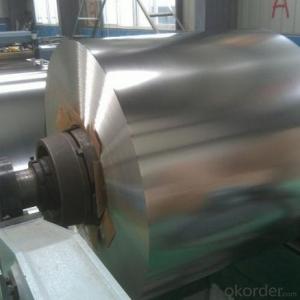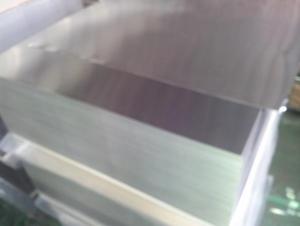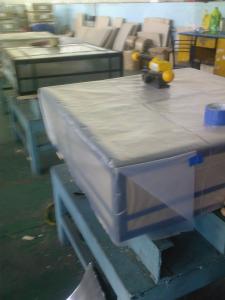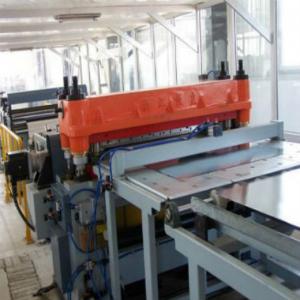Prime Quality Tinplate Sheet for Cans Body
- Loading Port:
- Shanghai
- Payment Terms:
- TT OR LC
- Min Order Qty:
- 25 m.t.
- Supply Capability:
- 1000 m.t./month
OKorder Service Pledge
OKorder Financial Service
You Might Also Like
Specification
Prime Quality Tinplate Sheet for Cans Body
1.Structure of Description
Prime Quality TFS for Crown Corks Use and Cap Use is one of the metal packing materials, which is widely used for making painting cans ,chemical package cans , electrical cable ,battery and metal printing etc.
2. Main Features
Steady and high quality
Fast shipment
Good experience for export work
For the surface, Plate uniform in thickness,uniform and smooth tin coating, without flaws,rusts,scratch,wave,nick of tin coating etc.
Price competitive
3. Images
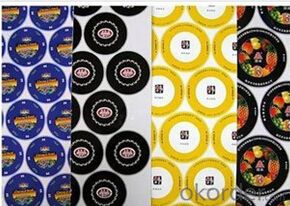
4. Specification
Standard : GB2520-2000 ,JIS G3303
Steel type : SPCC,MR
Coating : 2.8/2.8
Surface: Bright, Stone etc
Thickness:0.31
Width :600MM~1000MM
Temper : T1~T5,DR80-DR9
Package: tinplate wrapped completely with an inner cover of plastic or waterproof papers with vorners protected with metal angels.
5.FAQ
A. What is the package of TFS? (Referred as below)
For sheets, thin plastic film + rust-proof paper + metallic cover + metallic angles+ steel band strips + fumigated wooden pallet.
For coil, thin plastic film + rust proof paper + metallic cover + steel band strips + fumigated wooden pallet
B. The surface of tinplate could you supply?
Stone finish, Bright finish, Matte finish, Silver finish
C: Do you have some printed sheets?
Yes, we have, you can send us the design and color, then we check more.
- Q: How is tinplate used in the manufacturing of electronic devices?
- Tinplate is commonly used in the manufacturing of electronic devices as a protective coating for components and circuit boards. It provides corrosion resistance and helps to prevent oxidation, ensuring the longevity and reliability of the devices. Additionally, tinplate is used for solderability, allowing for seamless connections between different parts of the electronic device.
- Q: What are the main properties of tinplate?
- Tinplate is a type of steel coated with a thin layer of tin, which gives it several unique properties. Firstly, tinplate is highly corrosion-resistant, making it ideal for packaging food and beverages. It also has excellent solderability, allowing for easy and secure sealing of cans. Additionally, tinplate has good formability, meaning it can be easily shaped into different containers or components. Lastly, tinplate has a bright and attractive appearance, making it popular for decorative purposes as well.
- Q: What are the main applications of tinplate in the furniture industry?
- Tinplate is widely used in the furniture industry for various applications such as decorative elements, hardware components, and protective coatings. It provides a durable and corrosion-resistant surface finish, making it ideal for metal furniture pieces. Tinplate is also commonly used in the production of metal furniture frames, as it offers excellent strength and stability. Additionally, tinplate can be utilized for intricate designs and embossing, enhancing the aesthetic appeal of furniture items.
- Q: How does tinplate contribute to the functionality of household goods?
- Tinplate contributes to the functionality of household goods by providing a durable and protective coating that prevents corrosion and preserves the quality of the product. Its ability to resist moisture and maintain food freshness makes it ideal for packaging food items such as canned goods. Additionally, tinplate's versatility allows it to be easily formed into different shapes, enabling the creation of various household items like containers, kitchen utensils, and decorative pieces.
- Q: What are the main applications of tinplate in the cosmetics industry?
- Tinplate is widely used in the cosmetics industry for packaging various products such as lip balms, creams, powders, and even aerosol cans. Its corrosion resistance, durability, and ability to maintain product integrity make it an ideal choice for ensuring the quality and longevity of cosmetic products. Additionally, tinplate's versatility allows for attractive and customizable designs, enhancing the visual appeal of cosmetic packaging.
- Q: How does tinplate compare to plastic packaging in terms of sustainability?
- Tinplate generally has better sustainability credentials compared to plastic packaging. Tinplate is made from steel, which is a highly recyclable material, whereas plastic is derived from fossil fuels and has limited recycling capabilities. Tinplate can be recycled indefinitely without losing its qualities, while plastic recycling can be challenging due to different types of plastics and contamination issues. Additionally, tinplate packaging has a longer lifespan and offers better protection for products, reducing the need for excessive packaging. However, it is important to consider the overall life cycle impact, as both materials have environmental implications during production and transportation.
- Q: How does the coating affect the properties of tinplate?
- The coating on tinplate plays a crucial role in enhancing its properties. It protects the underlying tin layer from corrosion, making tinplate highly resistant to rust. The coating also provides a barrier against external elements, ensuring the integrity and longevity of the tinplate. Additionally, the coating can improve the appearance of tinplate, making it more visually appealing. Overall, the coating significantly enhances the durability, corrosion resistance, and aesthetic appeal of tinplate.
- Q: How has tinplate evolved over the years?
- Tinplate has evolved significantly over the years with advancements in production techniques and technology. Initially, tinplate was made by hand, resulting in inconsistent quality and limited production. However, with the development of mechanized processes, tinplate production became faster, more efficient, and cost-effective. Additionally, improvements in tin coating methods have enhanced the durability and corrosion resistance of tinplate. Nowadays, tinplate is produced using high-speed mills and advanced coating technologies, ensuring consistent quality, customization options, and increased market demand.
- Q: What are the main trends in tinplate recycling?
- The main trends in tinplate recycling include increased awareness and adoption of recycling initiatives, technological advancements in sorting and processing methods, and the promotion of circular economy principles to minimize waste and maximize resource efficiency.
- Q: What are the typical tooling costs for tinplate production?
- The typical tooling costs for tinplate production can vary depending on factors such as the complexity of the design, size of the production run, and specific requirements. However, on average, tooling costs for tinplate production can range from a few thousand dollars to tens of thousands of dollars.
Send your message to us
Prime Quality Tinplate Sheet for Cans Body
- Loading Port:
- Shanghai
- Payment Terms:
- TT OR LC
- Min Order Qty:
- 25 m.t.
- Supply Capability:
- 1000 m.t./month
OKorder Service Pledge
OKorder Financial Service
Similar products
Hot products
Hot Searches
Related keywords
